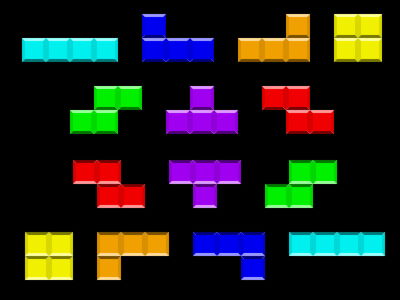Why was the 'trinity brain theory' that the human brain is divided into three layers long believed?

As the world of science is evolving day by day, it is common for old theories to be overturned by new evidence. Lisa Feldman Barrett, a professor of psychology at
That Is Not How Your Brain Works --Issue 98: Mind --Nautilus
https://nautil.us/issue/98/mind/that-is-not-how-your-brain-works
The human brain is a network of cells called neurons that are responsible for transmitting stimuli, and many neurons are involved in multiple functions. For example, the functions of the brain involving neurons in the area called the anterior cingulate cortex range from memory, emotions, decision making, pain, moral judgment, imagination, attention, and empathy.
In addition, it is known that the area called the primary visual cortex , which is closely related to 'ability to see', responds not only to vision but also to stimuli such as 'hearing' and 'tactile sensation'. In fact, if someone with normal vision is blindfolded for a few days to read Braille, the neurons in the primary visual cortex will focus on tactile processing.

Barrett explains that the belief in the Trinity brain theory was due to the high research costs involved in scanning the brain in detail. The Trinity Brain Theory was born in the mid-20th century when the best instrument for examining the brain was an ordinary microscope. Various machines were invented after that, but they were not sufficiently scanned. Many studies scanned only some brain activity and tended to miss weak brain waves that have other important functions in the brain.
Furthermore, it is thought that the dualism of substance advocated by the philosopher René Descartes also has an influence. This idea that the mind and body are separated was widely used in understanding depression, etc., but this idea also came from the discovery of neurons that act on both the mind and body by neuroscientists. It has lost its persuasive power.

by Rafael Robles
'It's important to think more accurately in science that works by prediction, experimentation, and modification, because old scientific beliefs can still be defended by all evidence,' Barrett said. ..
Related Posts:
in Science, Posted by log1p_kr







